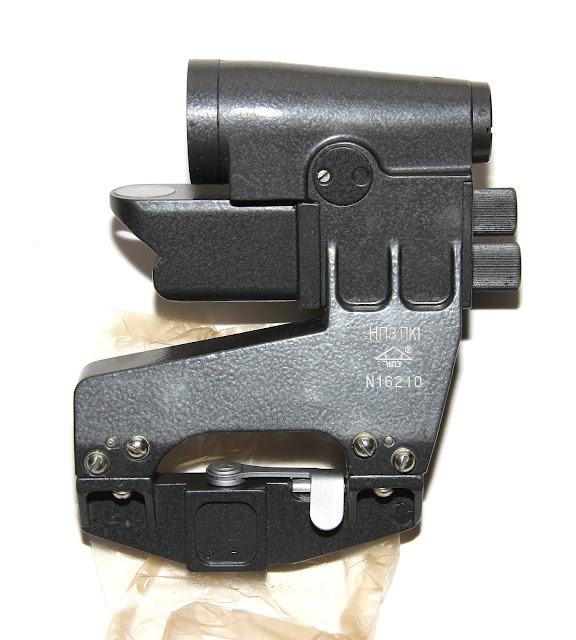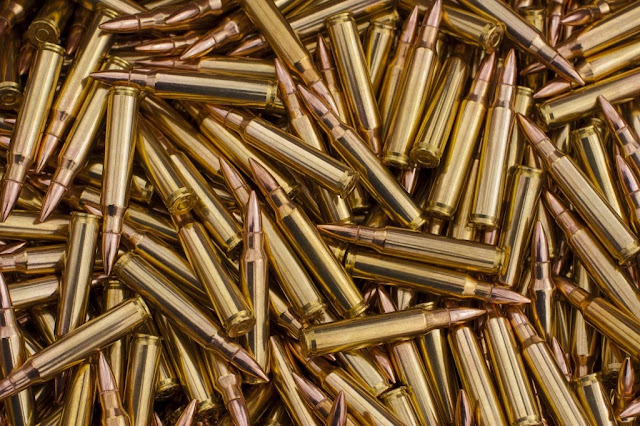AK Optics Options

Introduction: When the AK rifle was first introduced, there was no need to mount an optic on it. The rifle was designed to be cheap, simple, and able to be distributed in large numbers. As the decades went on, and Russia's army turned from a peasant army into a professional army, force multipliers like optics have become much more of a necessity. The problem the Russians found though was that they couldn't put anything right on top of the rifle because of the dust cover. This led to the development of the side-rail mount. Since this, there have been a multitude of different options for mounting optics. There are now products for pretty much everything on the top of the rifle to allow for mounting optics, including dust covers, gas tube mounts, and rear sight block mounts. These, along with the side rail mount all have their advantages and disadvantages. I'll try to give a brief overview of each, so hopefully you learn something. Details: We'll start with th...


